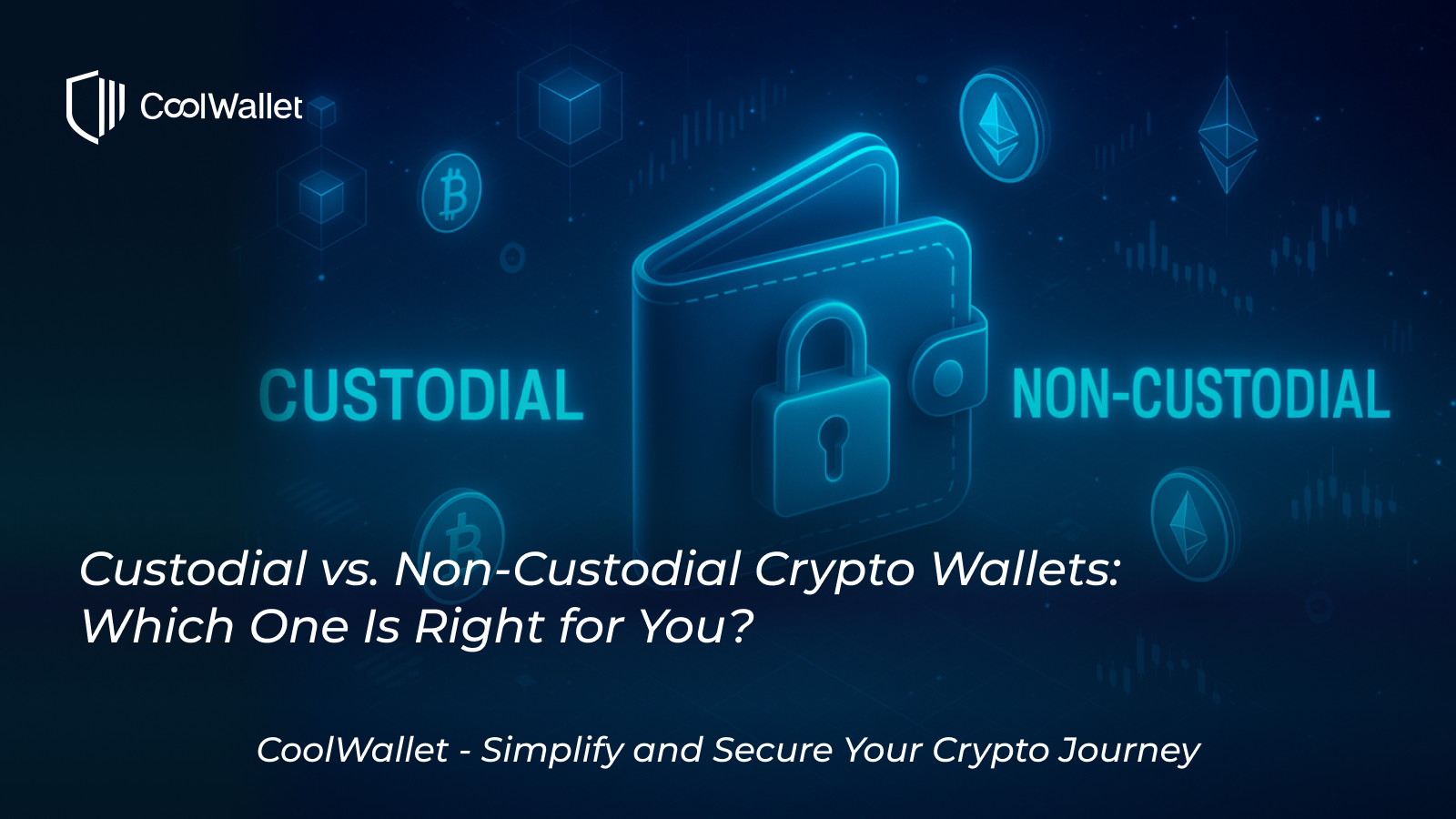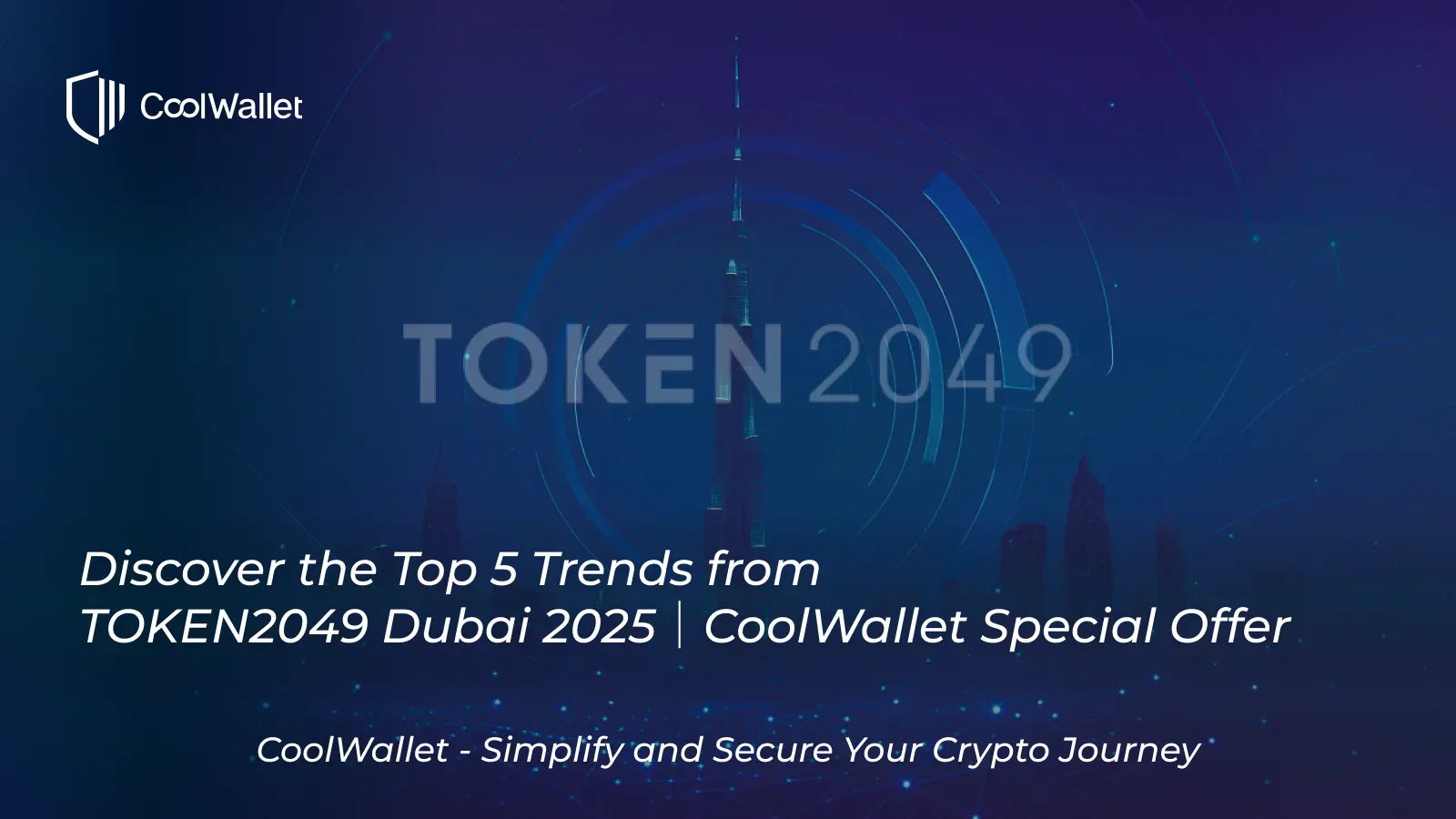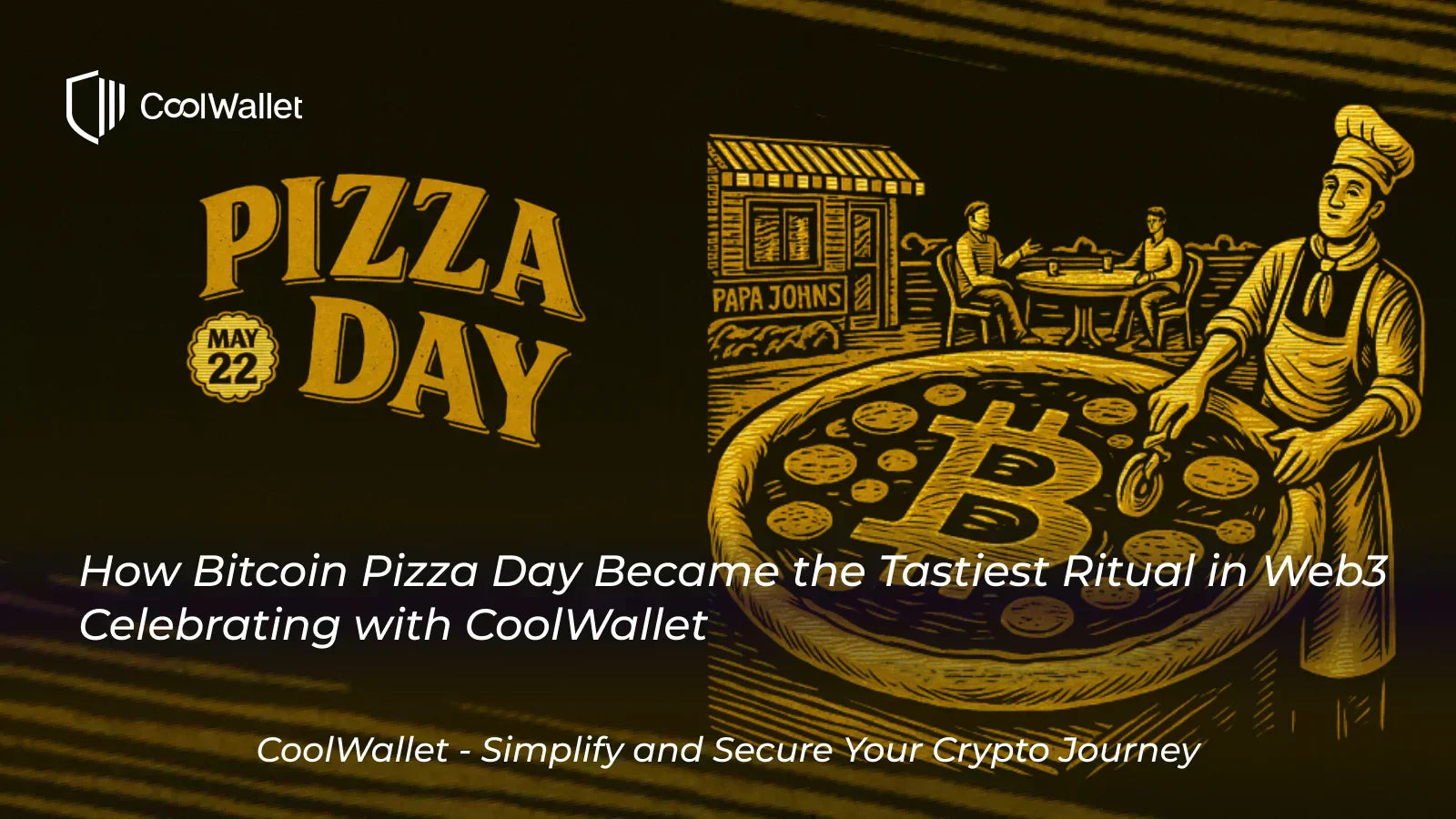As crypto adoption grows, choosing the right wallet has become a critical decision for users. You’ve probably heard of custodial and non-custodial wallets. But what exactly is the difference? Which one offers better security?
This article breaks it down in simple terms.
Contents:

What Is a Crypto Wallet
In traditional finance, we store money in bank accounts and make payments with credit cards. In the crypto world, a wallet is a tool used to store, receive, and send digital assets like Bitcoin (BTC) and Ethereum (ETH).
From a technical perspective, crypto wallets don’t actually “store” your coins. The coins themselves exist on the blockchain. What wallets do is generate and manage the keys that control your assets: the private key and the public key.
In simple terms:
Think of it this way:
Whoever holds your private key controls your crypto. There’s no “forgot password” button. If you lose the key, your assets are likely lost forever.
Besides managing access, wallets are also used to sign transactions, proving they’re authorized by you. This cryptographic signature is then verified and recorded on the blockchain.
Types of Crypto Wallets
Crypto wallets can be categorized based on who controls the private key and how the key is stored.
Based on Private Key Ownership:
-
Custodial Wallet: Your private key is held by a third party (e.g., an exchange).
-
Non-Custodial Wallet (Decentralized Wallet): You hold your own private key and control your assets.
Based on Storage and Connectivity:
-
Software Wallet (Hot Wallet): Stores the private key on your device and connects to the internet.
-
Hardware Wallet (Cold Wallet): Stores the key on a physical device, kept offline for enhanced security.
Other Specialized Wallet Types:
-
Multi-Signature Wallet: Requires multiple signatures to authorize a transaction. Common in DAOs and enterprise treasury setups.
-
Smart Contract Wallet: Governed by programmable logic (e.g., spending limits, social recovery) instead of just a private key.
-
Social Recovery Wallet: Replaces private key management with a group of trusted “guardians” who can help recover access.
In this article, we’ll focus on the core distinction between custodial and non-custodial wallets. This is a decision that shapes how much control (and responsibility) you have over your crypto.
What Is a Custodial Wallet
A custodial wallet is one where a third-party platform holds and manages your private keys on your behalf. The third-party platforms are usually an exchange or financial service provider. In other words, you don’t fully control your funds.
Most centralized exchange accounts (like Binance, Coinbase, or OKX) are custodial by default. They’re easy to use: log in, see your balance, and trade instantly. If you forget your password, you can usually recover access via email or customer support.
Custodial wallets also require KYC (Know Your Customer) identity verification. You’ll need to submit documents like an ID, proof of address, and a selfie. These details are stored by the platform and may be shared with authorities upon request. This helps prevent fraud and enables fiat on- and off-ramps but also means reduced privacy and increased exposure to data breaches or account freezes.
Benefits:
-
Beginner-friendly: No need to understand key management; easy to set up and use.
-
Supports fiat integration: Easily buy crypto with credit card or bank transfer.
-
Advanced trading features: Limit orders, margin, OCO, etc.
-
Account recovery: Lost your password? You can recover your account.
-
KYC adds compliance and fraud protection.
Risks & Drawbacks:
-
No key = no true ownership: If the platform goes down or gets hacked, you could lose access.
-
Mismanagement risk: As seen with FTX, user funds may be misused.
-
History of platform failures: From Mt. Gox to FTX, custodial platforms have failed before.
-
Requires trust: You must trust the provider’s security, solvency, and ethics.
-
Lower privacy: Personal data is stored and may be disclosed to third parties.
Tips for Custodial Wallet Users:
-
Check if the provider is regulated in a trusted jurisdiction.
-
Look for proof-of-reserves audits.
-
Check if your assets are insured.
-
Make sure account recovery is available and secure.
For beginners or short-term users, custodial wallets can be a convenient starting point. They also simplify inheritance planning, allowing access sharing and recovery setups. But remember, you’re trading control for convenience, so choose a provider you can trust.
What Is a Non-Custodial Wallet
A non-custodial wallet puts the private key and full asset control directly in your hands. No third party can access or freeze your funds. This is the foundation of self-sovereign finance in the Web3 era.
Popular non-custodial wallets include:
If a custodial wallet is like putting your money in a bank, a non-custodial wallet is like storing your cash in a personal safe. You’re the only one with the key but if you lose it, no one can help you get it back.
Setting up a non-custodial wallet is simple: just download an app or activate a hardware wallet. No KYC or personal information required. You’re anonymous and independent, which is the core values of decentralization.
When using these wallets with DApps, DEXs, or NFT platforms, your wallet address becomes your identity. Not your name, phone number, or ID.
But be aware: although non-custodial wallets don’t require KYC, blockchains are public. All transactions are traceable. If you interact with a KYC’d wallet or exchange, your activity could be de-anonymized. Without privacy tools (e.g., Tornado Cash or zk-rollups), your wallet’s activity may still be exposed.
Benefits:
-
You hold the keys = you own the funds
-
No reliance on third parties
-
Fast, unrestricted transactions
-
No service or withdrawal fees
-
KYC-free setup = stronger privacy and pseudonymity
-
Essential for using Web3 tools: DEXs like Uniswap, DeFi apps, NFT platforms, and more
Risks & Responsibilities:
-
Lose your key = lose your funds forever
-
Risk of scams: Phishing sites and malicious DApps can trick users
-
Public ledger visibility: Activity is traceable unless privacy protocols are used
Because you alone control your assets, you also carry all the responsibility. There’s no password reset or customer support. That’s why seed phrase security and safe signing practices are essential.
Best Practices for Non-Custodial Wallets:
-
Back up your seed phrase and store it offline
-
Use strong passwords and enable 2FA where available
-
Avoid suspicious links or downloads
-
Keep your wallet software and device updated
-
Consider wallets with beginner-friendly recovery options (e.g., CoolWallet Go)
Despite the steeper learning curve, modern non-custodial wallets like CoolWallet have made self-custody more accessible with improved UX and simplified recovery features.
Non-custodial wallets mean freedom but also full responsibility. You alone own and control your crypto. If you’re ready to be your own bank, this is where your journey begins.
Which Type of Wallet Should I Use?
Both custodial and non-custodial wallets can store crypto and NFTs. Most users end up using a mix depending on their needs:
-
Use custodial wallets for trading, fiat access, and short-term storage
-
Use non-custodial wallets (especially hardware wallets) for long-term, high-value holdings
If you value privacy and control, go non-custodial. If you prioritize ease and fiat onramps, start with custodial.
Just as important: choose a wallet that supports the blockchain and tokens you need. Ethereum (ERC-20), BNB Chain (BEP-20), and Tron (TRC-20) all have different standards. Sending tokens to an incompatible wallet or chain can result in permanent loss.
If you’re active across chains or frequently interact with DApps and NFTs, opt for a multi-chain, Web3-compatible non-custodial wallet.
For example, CoolWallet supports multiple chains, Web3 DApps, and features a Smart Scan tool that analyzes contracts in real time to help you avoid risky interactions.











